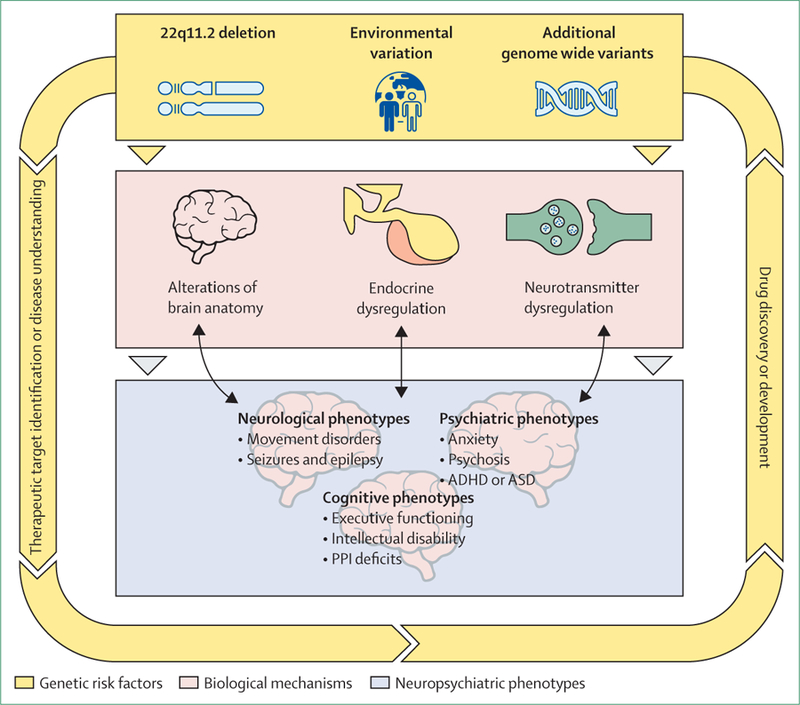Figure 3: Clinical and translational phenotypes relevant to neuropsychiatric disorders in 22q11.2 deletion syndrome.

The coloured boxes represent different levels that illustrate how known genetic variability might improve knowledge on pathophysiological mechanisms underlying neuropsychiatric disorders. The top level (yellow) indicates genetic variation (22q11.2 deletion and additional genetic variation). The middle level (pink) indicates biological systems that are known to be altered in 22q11.2 deletion syndrome. Alterations in biological mechanisms can lead to the clinical and translational phenotypes pictured in the bottom level (lilac). The reciprocal arrows between the biological level and clinical phenotypes illustrate that clinical phenotypes might, in turn, affect biological processes. Arrows around the figure indicate that 22q11.2 deletion or known additional genetic variation, or both, might contribute to disease understanding and could lead to therapeutic target identification, and, ultimately, to drug discovery and development. ADHD=attention-deficit hyperactivity disorder. ASD=autism spectrum disorder. PPI=prepulse inhibition.
